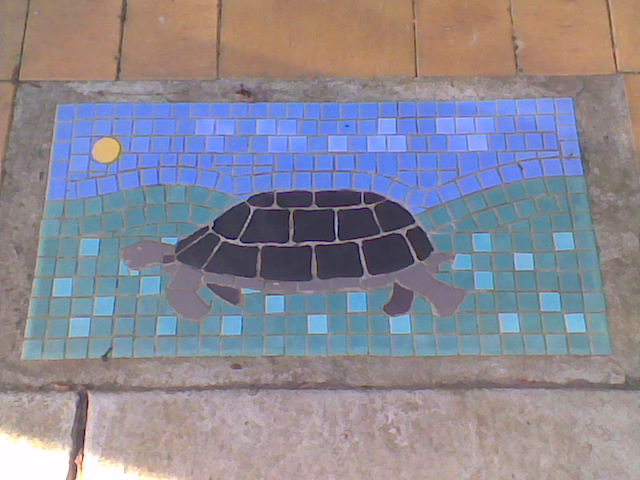Spreading a lot of topsoil or levelling a large garden yourself?
One of the best tools is a ‘Dingo’ or ‘Kanga’ loader.
These can usually be hired locally at very reasonable rates.
Can be a bit scary driving the dingo off the trailer.
Just go slow and you should be alright.
You will be jerky and wobbly at first but I found after 10mins I got the hang of it and started enjoying it.
These machines are narrow enough to go through most gateways (Less than 900mm wide),
As I was on a corner block it was easiest to take out a fence panel.
As well as the basic machine some attachments that may be worth hiring at the same time are:
- A bucket with teeth if you are planning to dig compacted soil.
- A large capacity bucket for moving compost and mulch.
- A rotary auger if you are putting in posts, or even preparing to plant trees or large shrubs.
Safety Warning:
Even though it’s fun its a heavy powerful machine that needs to be treated with respect so:
-
- Don’t try to climb too steep a slope, go too quick or do anything, that will put it off balance or tip over. You don’t want it to roll on you.
- Make sure that pets and children are well out of the way.
- Don’t allow people to get behind you
- Take your time as you will feel like you are a cowboy riding a bull if you go too quick.
- Rest when you get tired.
- If you are crossing a footpath get some cones and rope to keep pedestrians away.
A final piece of advice “Don’t let the wife have a go or you will never get her off it”.
What piece of Hire Equipment have you found useful?
The Settling In Section contains lots of advice on what to do after
you have moved in your new house.
